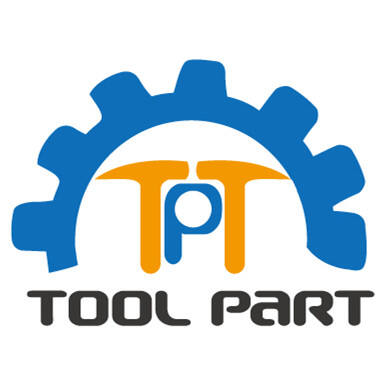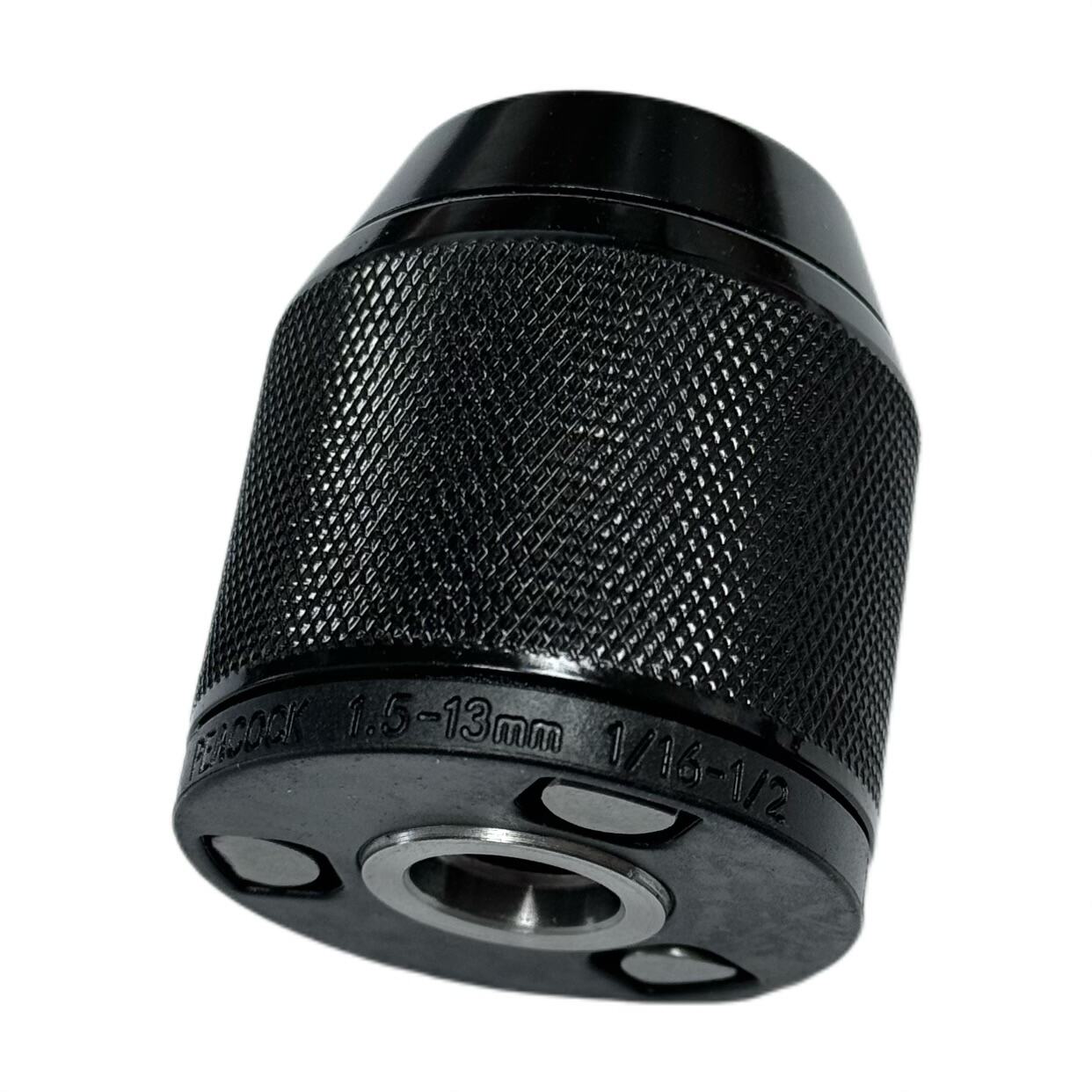Förståelse för utvecklingen av moderna borrmaskinsborstar
Elverktygsbranschen har sett påtagliga innovationer under decennierna, och en av de mest betydande utvecklingarna har varit framväxten av keyless chuck . Denna revolutionerande verktygshållarmekanism har förändrat sättet vi använder borrmaskiner och andra roterande verktyg, och gjort dem effektivare och användarvänligare än någonsin tidigare. En skruvnyckelfri spindel representerar den perfekta kombinationen av bekvämlighet och precisionsingenjörskonst, vilket möjliggör snabb byte av insatsverktyg utan behov av extra verktyg.
Modern borrning kräver mångsidighet och hastighet, vilket är precis vad en nyckelfri borste erbjuder. Oavsett om du är en professionell entreprenör som arbetar med flera projekt eller en hemslöjdare som tar dig an hem förbättringar, har förmågan att snabbt och säkert byta borrblad blivit en avgörande funktion i dagens elverktyg.
Mekaniken bakom nyckelfri borstteknik
Kärnkomponenter och design
I sitt hjärta består en nyckelfri spindel av flera precisionskonstruerade komponenter som fungerar i harmoni. Huvudkroppen innehåller en serie käftar, vanligtvis tre, som rör sig i takt för att gripa tag i borren. Dessa käftar styrs av en intern gängmekanism som reagerar på rotationen av spindelns yttre hylsa. Själva hylsan har ett greppande ytter mönster som gör det möjligt för användaren att tillämpa den nödvändiga vridmomentet för att dra åt och lossa.
Den interna mekanismen inkluderar ett sofistikerat kullager-system som säkerställer smidig funktion och förhindrar att spindeln lossnar under användning. Denna design eliminerar behovet av en separat spindelnyckel samtidigt som den bibehåller utmärkt greppstyrka på borren.
Funktionsprincip och funktionalitet
Funktionen hos en nyckelfri spindel bygger på ett enkelt men genialt princip. När du vrider den yttre hylsan griper den tag i en inre spiralmechanism som samtidigt förflyttar alla käftar antingen inåt eller utåt. Denna synkroniserade rörelse säkerställer jämn tryckfördelning runt borren, vilket ger överlägsen hållkraft och precision under drift.
De flesta moderna nyckelfria spindlar har en klickmekanism som hjälper till att uppnå optimal åtdragningskraft. Detta system ger ifrån sig ett klickljud när maximal åtdragning uppnås, vilket förhindrar överdrift samtidigt som det säkerställer att borren förblir säkert fixerad under användning.

Fördelar och tillämpningar i moderna verktyg
Professionella fördelar
Professionella användare uppskattar särskilt tidsbesparingen med nyckelfria spänningshylsor. På arbetsintensiva byggarbetsplatser eller i verkstadsmiljöer innebär möjligheten att snabbt byta bitar utan att behöva leta efter en nyckel ökad produktivitet. Den robusta konstruktionen hos professionella nyckelfria spänningshylsor säkerställer att de tål frekvent användning och behåller sin precision över tid.
En annan betydande fördel är den förbättrade säkerheten som är inbyggd i designen av nyckelfria spänningshylsor. Det finns ingen risk att en nyckel lämnas kvar i verktyget och blir till en farlig projektil när borrmaskinen sätts igång, vilket var en vanlig risk med traditionella nycklade hylsor.
Fördelar för hemmabrukare och hobbybrukare
För hemmabrukare och hobbyentusiaster gör nyckelfria spännor elverktyg mer tillgängliga och användarvänliga. Den intuitiva användningen innebär mindre tid för att lära sig hur verktyget används och mer tid att faktiskt slutföra projekt. Att det inte behövs en separat spännnyckel innebär också att det är ett föremål mindre att hålla reda på i verktygslådan.
Nyckelfria spännors mångsidighet möjliggör snabba växlingar mellan olika borrmaskinsväxlar och skruvmejslar, vilket gör dem idealiska för projekt som kräver flera storlekar eller typer av växlar. Denna flexibilitet är särskilt värdefull för hemförbättringsprojekt där olika material och fästbehov förekommer.
Underhålls- och vårdriktlinjer
Regelbundna underhållsmetoder
För att säkerställa optimal prestanda kräver en nyckelfri spänne regelbunden underhåll. Detta inkluderar att hålla mekanismen ren från damm och skräp, vilket kan påverka dess smidiga funktion. Periodisk applicering av torr smörjmedel på rörliga delar hjälper till att bibehålla jämn drift och förhindra slitage.
Regelbunden kontroll av chuckens komponenter för att upptäcka slitage eller skador är viktigt. Lägg särskild vikt vid käkarnas greppytor och tillståndet på den yttre hylsans greppmönster. Alla ovanliga lösningar eller vingling i chucken bör åtgärdas omedelbart för att förhindra skador på både verktyget och arbetsmaterial.
Felsökning av gemensamma problem
Även väl underhållna nyckelfria chuckar kan ibland få problem. Vanliga problem inkluderar svårigheter att dra åt eller lossa chucken, eller att bitar glider under användning. Dessa problem beror ofta på ackumulerat smuts eller slitage i mekanismen. Regelbunden rengöring och korrekt teknik vid byte av bitar kan förhindra de flesta vanliga problemen.
När du felsöker bör du se till att använda rätt storlek och typ av bit enligt chuckens specifikationer. Att dra åt för hårt kan skada mekanismen, medan för lätt åtdragning kan orsaka att biten glider. Att hitta rätt balans är nyckeln till att bibehålla verktygets funktionalitet och livslängd.
Framtida utveckling och innovationer
Nya tekniker
Framtiden för nyckellös chakteknik ser lovande ut, med tillverkare som kontinuerligt arbetar med förbättringar. Nya material och tillverkningstekniker utvecklas för att skapa ännu mer hållbara och exakta spänningsmekanismer. Inte heller smart teknik integreras, och vissa tillverkare undersöker elektroniska vridmomentkontrollsystem och automatiska bitsökningssystem.
Avancerade beläggningstekniker utvecklas för att förbättra greppstyrkan och slitaget hos skruvkomponenter. Dessa innovationer syftar till att förlänga livslängden för nyckellösa klockor samtidigt som de bibehåller sina användarvänliga egenskaper.
Industriutveckling och anpassningar
I verktygsindustrin ser man en tendens till mer kompakt och lätt design, vilket direkt påverkar utvecklingen av nyckellösa rullstolpar. Tillverkarna arbetar med att minska storleken och vikten på chunkmekanismer samtidigt som prestandabehoven bibehålls eller förbättras.
Miljöaspekter driver också innovation med fokus på hållbara material och tillverkningsprocesser. Detta inkluderar utveckling av återvinningsbara komponenter och mer energieffektiva produktionsmetoder.
Vanliga frågor
Kan en nyckelfri spindel användas med valfri borrdiameter?
Nyckelfria spindlar är utformade för att ta emot en viss mängd borrar, vanligtvis från 1/32 tum upp till 1/2 tum för konsumentmodeller. Kontrollera alltid din spindels specifikationer för kompatibla bordsstorlekar för att säkerställa korrekt funktion och förhindra skador på både verktyget och borrarna.
Hur hårt ska en nyckelfri spindel dras åt?
En nyckelfri spindel bör dras åt tillräckligt hårt för att förhindra att borren glider, men inte så hårt att det blir svårt att lossa. De flesta moderna spindlar har en ratchetmekanism som indikerar när optimal åtdragning uppnås genom ett hörbart klickande ljud.
Hur länge håller en nyckelfri spindel vanligtvis?
Med ordentlig underhåll och vård kan en kvalitets nyckelfri spindel hålla i många år av regelbunden användning. Livslängden beror på faktorer som användningsfrekvens, typ av tillämpningar och underhållsrutiner. Professionella spindlar erbjuder vanligtvis längre livslängd tack vare sin överlägsna konstruktion och material.

